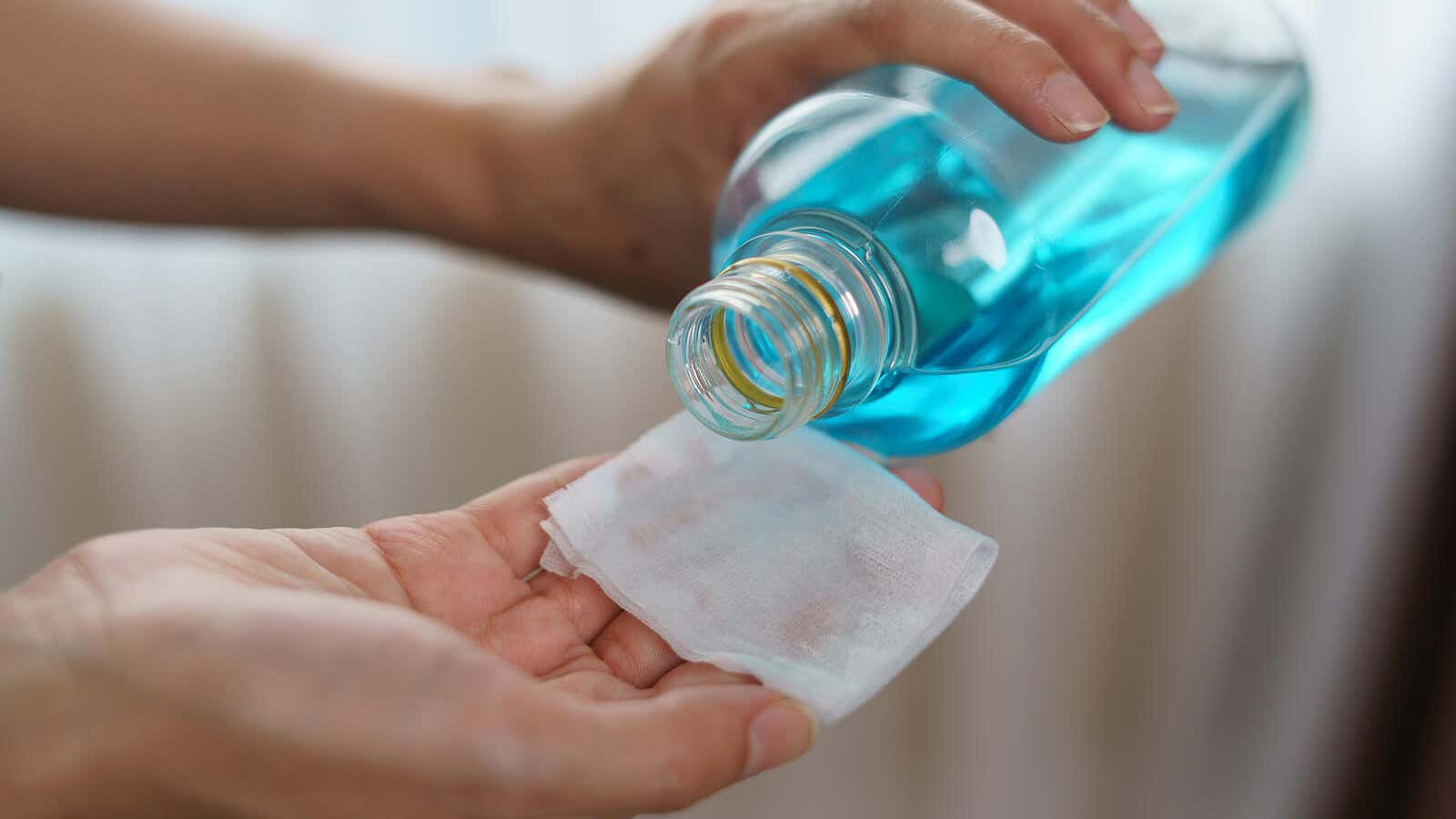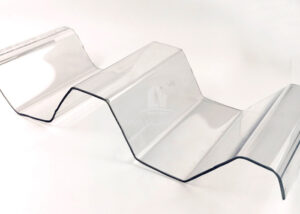Scabies is an affliction that evokes unease and discomfort, characterized by an infestation of the skin by the Sarcoptes scabiei mite. These minuscule parasites burrow into the epidermis, leading to a severe itching sensation and a notable rash. While many seek traditional treatments or prescribed medications, there is a burgeoning interest in alternative solutions, such as rubbing alcohol. This article delves into the relationship between scabies and rubbing alcohol, exploring how this common household item can be utilized in the battle against this persistent skin condition.
Understanding the Nature of Scabies
Before exploring treatment options, it is crucial to understand the underlying causes and symptoms of scabies. The primary symptom is intensifying itchiness, particularly at night, due to the body’s allergic reaction to the mites and their waste. The infestation typically appears as reddish, inflamed patches, often found in warm areas of the body such as between the fingers, under the arms, and in the groin. These symptoms can lead to significant issues including secondary infections as individuals scratch the affected areas, damaging the skin further.
The Life Cycle of the Scabies Mite
The Sarcoptes scabiei mite has a brief yet effective life cycle. Adult females burrow into the skin, laying eggs that hatch within a few days. The newly emerged mites continue the cycle, creating a cascade of itching and discomfort. The speed at which this infestation can spread—particularly in crowded living conditions—adds a layer of urgency to effective treatments. Understanding this cycle can assist individuals in implementing timely measures to thwart the progression of scabies.
Rubbing Alcohol: A Potential Ally
Rubbing alcohol, primarily composed of isopropyl alcohol, serves various purposes from disinfecting surfaces to sanitizing skin. Its antifungal and antibacterial properties make it an interesting candidate for scabies treatment. Rubbing alcohol may not eliminate the mites entirely but could play a significant role in alleviating symptoms and reducing the itch associated with scabies.
How Rubbing Alcohol Affects Scabies Mites
One of the mechanisms through which rubbing alcohol may provide relief is by effectively dehydrating the scabies mites. As it penetrates the skin, the alcohol aids in evaporating moisture, which the mites require to survive. In essence, it may create an inhospitable environment for these parasites, impacting their ability to thrive and reproduce. Furthermore, the cooling effect of rubbing alcohol can momentarily relieve the intense itch, allowing for a temporary reprieve from the distress associated with scabies.
Applying Rubbing Alcohol Safely
Using rubbing alcohol as a potential treatment for scabies necessitates a careful approach. It is crucial to ensure that the alcohol is applied correctly to avoid skin irritation. When using this method, a few best practices should be followed:
1. **Choose the Right Concentration:** Opt for a solution that contains a minimum of 70% isopropyl alcohol. This concentration is optimal for both its effectiveness and its capacity to minimize skin irritation.
2. **Conduct a Patch Test:** Before widespread application, perform a patch test on a small area of skin to ensure there is no adverse reaction. This simple step can prevent discomfort or adverse effects on sensitive skin.
3. **Application Method:** Using a cotton ball, gently dab the rubbing alcohol onto the affected areas. Avoid excessive friction that may worsen the itching or lead to skin damage. Allow it to air dry for maximum effectiveness.
4. **Frequency of Use:** It is advisable to limit applications to a few times a day. Excessive use may lead to skin dryness or irritation, countering the intended benefits. It is crucial to monitor your skin’s response to the treatment closely.
Complementing Rubbing Alcohol with Other Remedies
While rubbing alcohol can be an effective adjunct treatment, it is often most beneficial when used in conjunction with additional therapies. Here are some strategies to enhance the efficacy of rubbing alcohol:
1. **Antihistamines:** Over-the-counter antihistamines can provide additional relief from itching, allowing for more comfortable recovery while the rubbing alcohol works to deter the mites.
2. **Topical Creams:** Consider using prescribed scabicides that specifically target scabies mites. Using these in tandem with rubbing alcohol may provide a more comprehensive approach to treatment.
3. **Hygiene Practices:** Maintaining strict hygiene is crucial in preventing the spread and re-infestation of scabies. Regular washing of bedding, clothing, and personal items can significantly reduce the risk of these persistent pests returning.
Monitoring Your Progress
As you embark on the journey of treating scabies with rubbing alcohol, keeping a journal can prove beneficial. Documenting changes in symptoms may help track the effectiveness of your chosen remedies. If symptoms persist or worsen, it is essential to seek guidance from a healthcare professional for alternative treatment options.
Conclusion: Re-envisioning Scabies Treatment
In conclusion, scabies is a challenging condition that warrants prompt and effective treatment. While rubbing alcohol may not be a one-stop solution, its potential to alleviate symptoms and create an inhospitable environment for mites makes it a valuable consideration in the treatment arsenal. By understanding the science behind scabies, the role of rubbing alcohol, and incorporating best practices, individuals can shift their perspective towards a more holistic and informed approach to managing this condition.





Leave a Comment